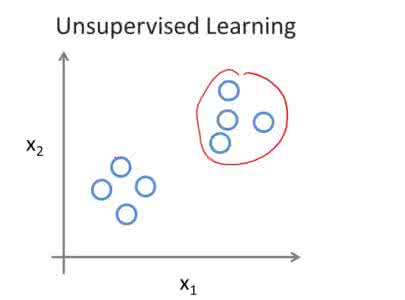Tissue segmentation is the mainstay of pathological examination, whereas the manual delineation is unduly burdensome. To assist this time-consuming and subjective manual step, researchers have devised methods to automatically segment structures in pathological images. Recently, automated machine and deep learning based methods dominate tissue segmentation research studies. However, most machine and deep learning based approaches are supervised and developed using a large number of training samples, in which the pixelwise annotations are expensive and sometimes can be impossible to obtain. This paper introduces a novel unsupervised learning paradigm by integrating an end-to-end deep mixture model with a constrained indicator to acquire accurate semantic tissue segmentation. This constraint aims to centralise the components of deep mixture models during the calculation of the optimisation function. In so doing, the redundant or empty class issues, which are common in current unsupervised learning methods, can be greatly reduced. By validation on both public and in-house datasets, the proposed deep constrained Gaussian network achieves significantly (Wilcoxon signed-rank test) better performance (with the average Dice scores of 0.737 and 0.735, respectively) on tissue segmentation with improved stability and robustness, compared to other existing unsupervised segmentation approaches. Furthermore, the proposed method presents a similar performance (p-value > 0.05) compared to the fully supervised U-Net.
翻译:组织分解是病理学检查的支柱,而人工分解则是过于繁琐的。为了协助这一耗时和主观的人工步骤,研究人员制定了在病理图象中自动分解结构的方法。最近,基于自动化机器和深层学习的方法主导了组织分解研究。然而,大多数基于机器和深层学习的方法都是使用大量培训样本进行监督和开发的,在这类样本中,像素说明费用昂贵,有时无法获得。本文件引入了一个新的不受监督的学习模式,将端到端的深层混合模型与有限的指标结合起来,以获得准确的语义组织分解。这一制约因素的目的是在计算优化功能时集中深层混合模型的成分。在这样做时,在目前非超超强的学习方法中常见的冗余或空级问题可以大大减少。通过对公共和内部数据集的验证,拟议的深度限制高斯网络在组织分解方法上取得了显著的绩效(维科森签名测试) (平均Dice分数为0.737和0.735), 与拟议的组织分解方法相比,现有更稳的稳定性和稳健健健的稳定性。



